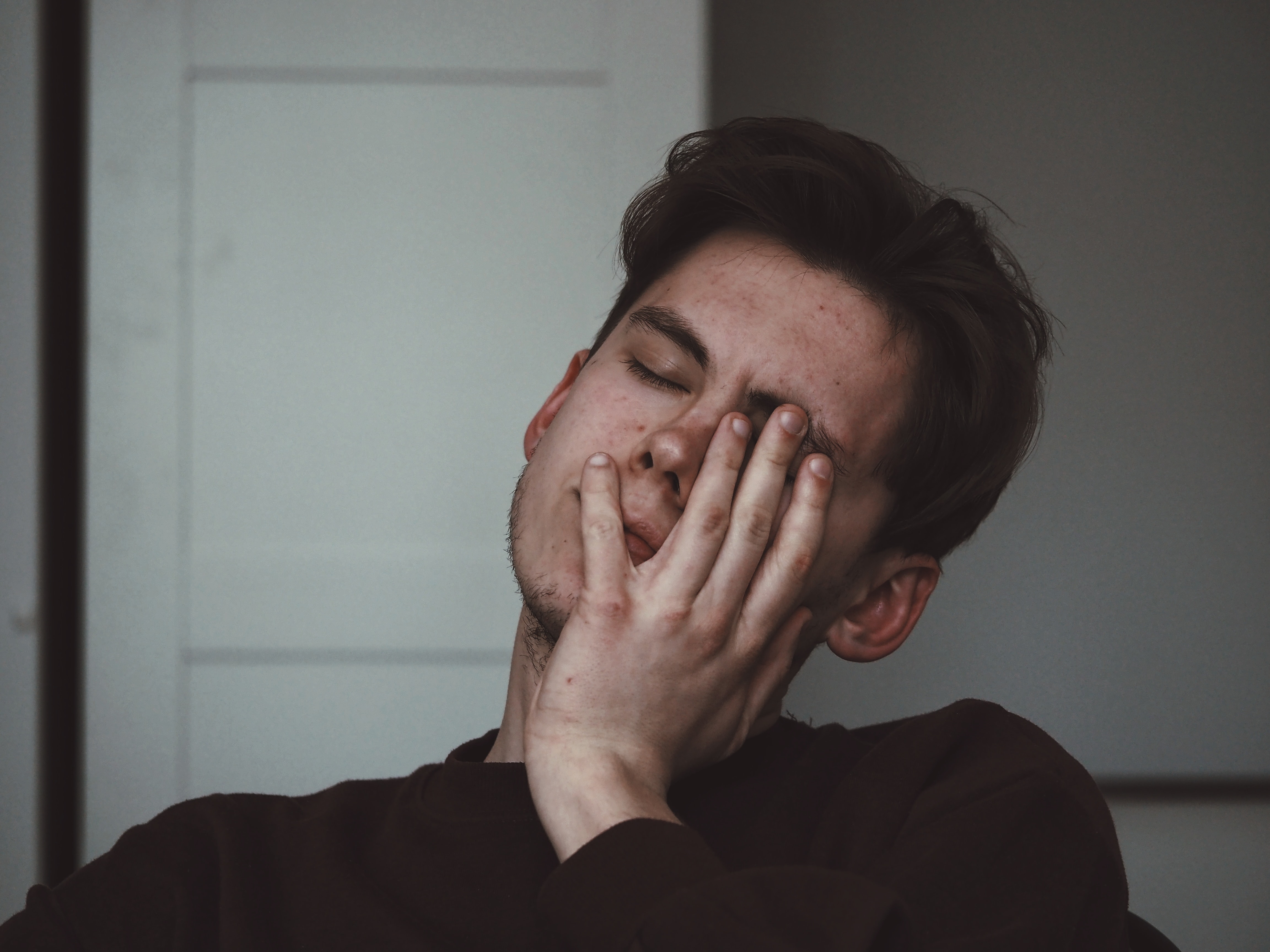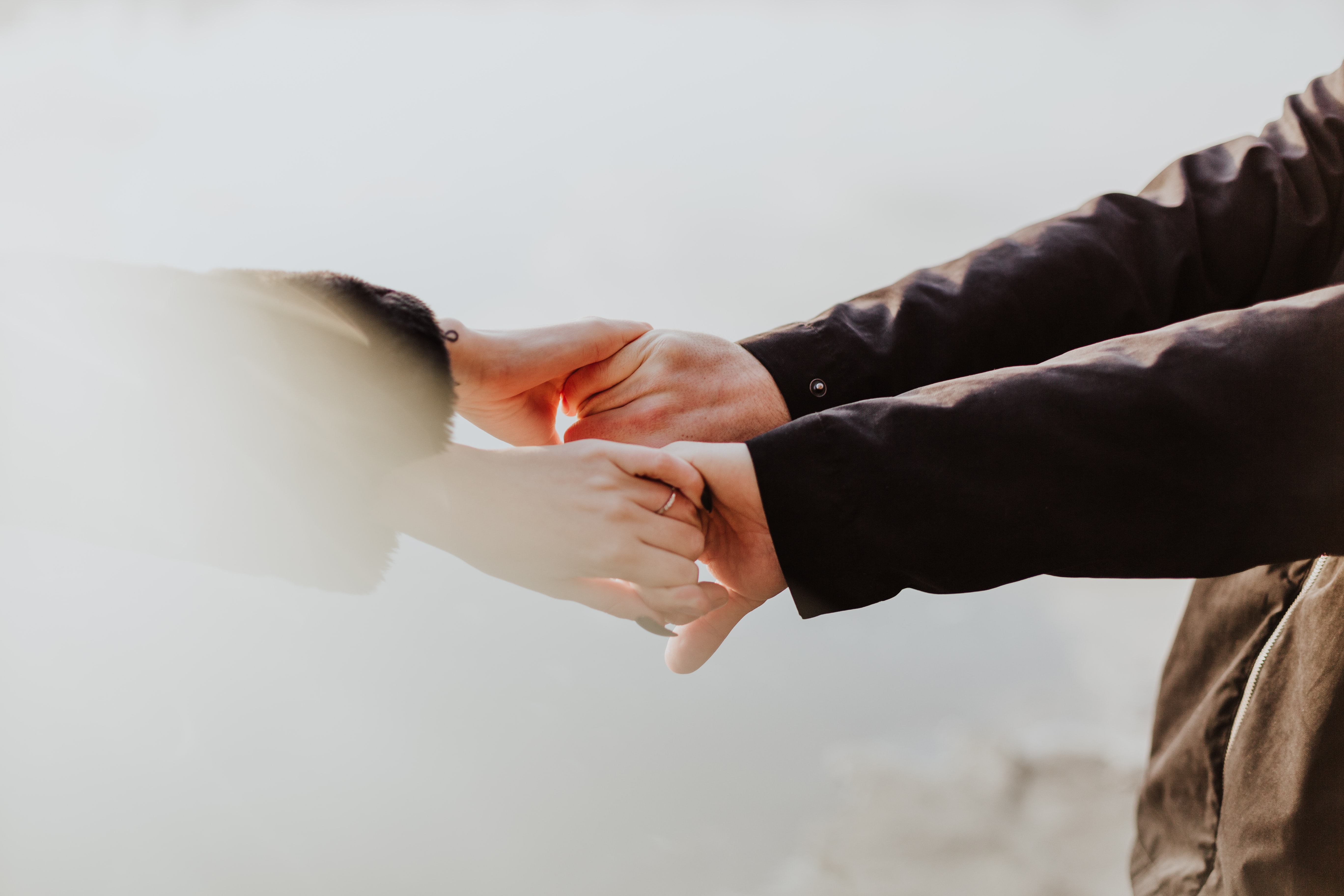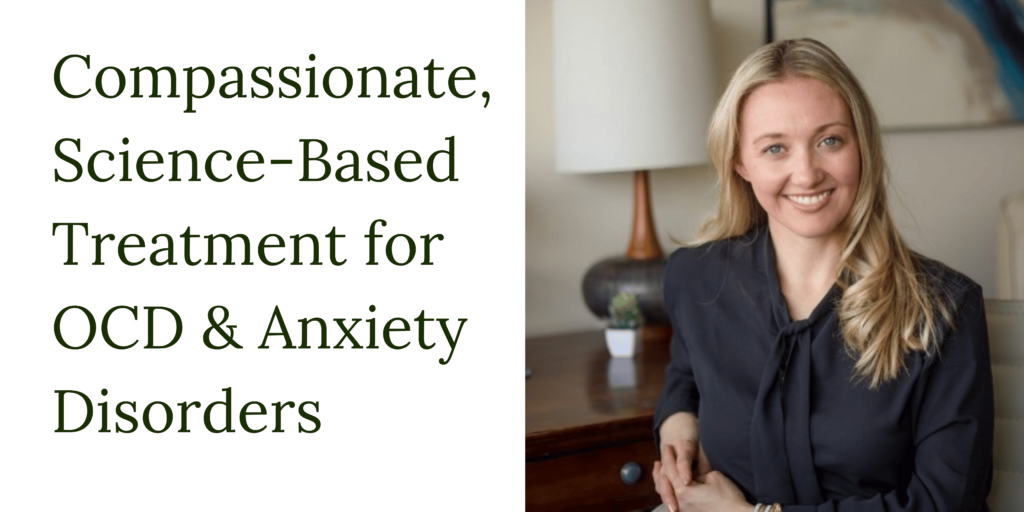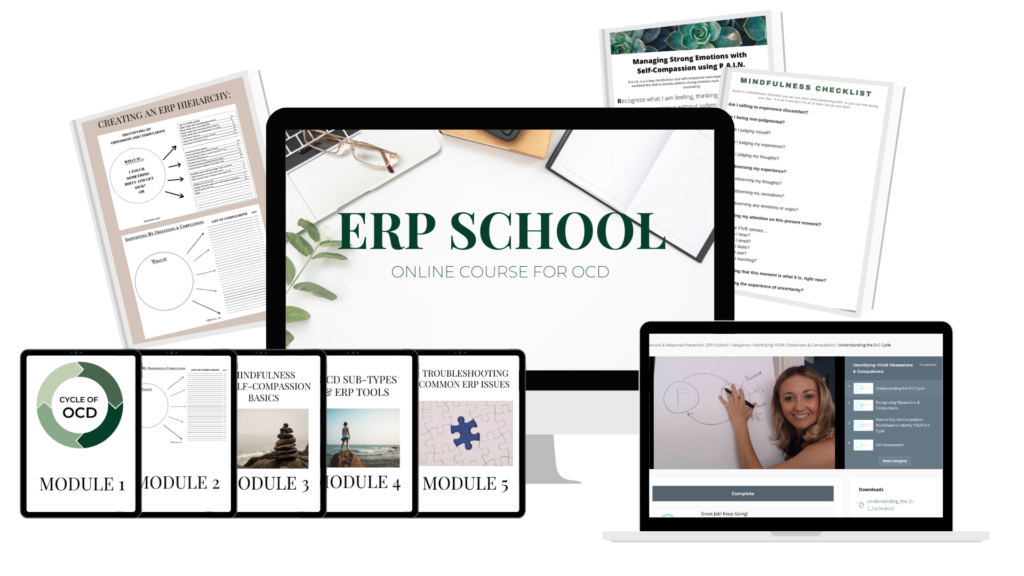Compulsive vs. Impulsive: How to tell the difference
One of the key components involved in maintaining the cycle of OCD is compulsions. Being compulsive, however, is not to be confused with being impulsive which is an entirely different behavior. The question is, how can you tell the difference?
Compulsions are typically found in OCD. Both mental compulsions and/or physical compulsions help us manage the intense anxiety that arises from those unwanted thoughts, images, feelings, sensations, and urges (obsessions).
Impulsivity is not so specific to any one mental health disorder.
All of us act impulsively, and for most, it isn’t a source of distress. However, even impulsivity can become a symptom of a mental health condition if the effects of impulsive behavior begin to negatively impact our lives.
Content
What does impulsive mean?

According to the Oxford Dictionary, impulsivity is the act of doing something without forethought.
When someone is impulsive, they act spontaneously, without carefully considering the consequences of their actions.
Sometimes, these impromptu actions are helpful! It could be argued that they help us with quick decision-making. Imagine seizing an opportunity that may otherwise slip through our hands.
This type of positive and beneficial impulsive behavior is sometimes referred to as ‘functional impulsivity’. To some, this may even be a character trait to admire.
Yet, the flip side of this is something we call ‘dysfunctional impulsivity‘, or ineffective impulsivity.
In this instance, impulsive decisions are made in situations where it is not beneficial and the consequences may have a negative impact. It has also been suggested that there is a correlation between those with dysfunctional impulsivity and sensation seeking.
Examples of Impulsive behaviors
If we focus here on impulsive behaviors from the standpoint of dysfunctional impulsivity (as this is how it appears as a symptom in association with mental health disorders), here are some examples to show how it may present itself:
- Eating – Eating just because the food is in front of you. Even though you already ate and aren’t hungry, which leaves you regretting what you’ve eaten because you ‘didn’t really need or want it’
- Shopping – Spontaneously buying things that you don’t need and end up never using.
- Casual sexual encounters – Having unplanned sexual interactions with a stranger on a night out, even though you had planned to go home with friends.
- Anger – Sudden outbursts of rage that you feel unable to control
- Drinking – Drinking alcohol in a situation where we hadn’t planned or didn’t really want to.
Should I be worried if I show signs of impulsivity?
To a certain degree, impulsivity is incredibly common and for most, isn’t a cause for great concern.
We have all done something at some point where we later thought, “I just did it without thinking!”
Sometimes we have to deal with negative consequences and other times, we greatly benefit from acting in the moment.
However, when those impulsive behaviors appear in day-to-day life and the consequences are mostly negative or unhelpful, it could be a sign of an underlying mental health condition that needs to be addressed.
What does compulsive mean?

According to the Oxford Dictionary, the simple definition of ‘compulsive’ is a behavior that is difficult to stop or control.
A mental or physical compulsion is a ritual-like behavior that you feel an intense urge to perform in order to alleviate overwhelming feelings of anxiety, uncertainty, and distress.
Unlike impulsive behavior which can sometimes be useful (functional impulsivity), compulsive behavior is a central feature of problematic human behavior mostly associated with OCD. The motivation behind such mental or physical rituals sometimes feels illogical and nonsensical and leaves sufferers wondering why they feel compelled to do them.
In contrast to impulsive behavior which is often done without thought or foresight, compulsive behavior can be premeditated or simply 100% habitual; a repetitive behavior performed with the understanding that it will relieve us of intense stress and anxiety.
Examples of Compulsive behaviors
The most common examples of compulsive behaviors are as follows:
- Hand washing – Excessively washing your hands to ‘make sure’ they are clean.
- Checking – Constant checking of locks, doors, lights, electrical appliances, etc. ‘just in case’ something bad happens if we don’t.
- Counting – Physically counting objects or things, or counting in our head.
- Orderliness – More than just ‘needing things neat and tidy’, but organizing things in a certain way ‘just in case’ something happens if we don’t.
- Skin picking – Excessive picking of nails, cuts, loose skin, or scratching their skin excessively.
- Hoarding – Feeling the urge to keep hold of seemingly unimportant objects even when they aren’t needed.
- Mental rumination – Finding ourselves in a mental loop of ‘what if’ thoughts, for example.
- Avoidant compulsions – Purposefully avoiding people, places, or things that cause anxiety
- Reassurance-seeking compulsions – Searching for external reassurance from others or giving ourselves excessive self-reassurance.
Click here to sign up for our weekly newsletter and receive immediate access to the 6-part mental compulsions audio series to help you resist the urge to engage in mental rituals (PDF worksheets included)
Compulsions and Impulsivity within different disorders

Although there can be some overlap, there are specific mental health disorders that we associate with compulsivity over impulsivity and vice versa.
Let’s take a look at them below:
Mental health conditions associated with compulsivity
- OCD – Obsessive Compulsive Disorder is characterized by three main components; obsessions (unwanted thoughts, feelings, urges, images or sensations), anxiety (the fear that is triggered by these obsessions), and compulsions (the ritualistic behaviors performed to relieve the anxiety). OCD has various subtypes and many other compulsive-focused disorders are considered to land on an OCD spectrum.
- Body Dysmorphic Disorder – People with BDD spend an inordinate amount of time worrying and obsessing over their body image.
- Hoarding – People with hoarding disorder struggle to part with possessions despite having no real need for them.
- Compulsive Buying Behaviour – CBD or oniomania is characterized by a person’s need’ to shop or buy items even when there is no real need for them, and the consequences of the purchase may have a negative impact.
- Exercise Addiction – Considered a behavioral addiction, exercise addiction transpired when the risk of exercising outweighs the benefits but the sufferer feels compelled to continue with a rigorous exercise routine.
- Compulsive drinking – The uncontrollable urge to drink in large quantities.
- Trichotillomania – The repetitive behavior of compulsive hair pulling
- Skin picking – Repetitive picking of skin (scars, loose skin, nails, skin tags) to the point of tissue damage.
Mental health conditions associated with impulsivity
Conditions associated with impulsivity are known as ‘impulse control disorders’. For the person who struggles with impulse control, their behaviors are very much ‘in the moment’ and can have a negative impact on those around us, as well as ourselves.
Examples of mental health conditions associated with impulsivity:
- Intermittent explosive disorder – Characterized by sudden and intense outbursts of rage or aggression.
- Kleptomania – Impulsive and uncontrollable urges to steal items that are not required for personal use.
- Pyromania – Deliberately setting things on fire on more than one occasion.
- Body-Focused Repetitive Behaviors – (BFRB‘s are intense urges like biting, scratching, and skin picking. Trichotillomania and skin picking can be considered both compulsive and impulsive.
- Impulse buying – Buying items that are more than what we can afford, or buying items that we do not need and will likely never use.
- Borderline Personality Disorder – Characterized by a person’s loss of emotional control and ability to regulate their emotions.
- Addiction – Addictions such as drug and alcohol addiction are categorized as impulse control disorders.
Can you be compulsive and impulsive at the same time?

As you can see from the mental health conditions above, both can be present and overlap among certain disorders.
What is important to note here is that they are two very different and distinct types of behavior. The intention behind one or the other is very different. In the case of OCD, all patients perform compulsive behaviors (a core element that keeps the OCD cycle going).
Both impulsivity and compulsivity share the same intention of getting short-term relief, but ultimately both cause long-term negative consequences.
“Over time, impulsive behaviors may become compulsive (driven behaviors without arousal) and compulsive behaviors may become impulsive (reinforced habits)” – Psychiatric Times
Coping Strategies

Whether you struggle with compulsivity or impulsivity, there are ways to help yourself manage both effectively so you can live a life where you are in control.
Here are some of our top suggestions:
1. Therapy

Seek the support of mental health professionals. A qualified therapist will be able to offer the support and guidance you need to move you through the recovery process. CBT (cognitive behavioral therapy) is a highly effective treatment for both compulsive and impulse disorders.
If you are based in the state of California , our friendly and highly qualified clinicians will be able to help you on your road to recovery with 1:1 therapy. Click here to submit an initial inquiry, and let’s see how we can support you today.
2. Online Programs

Where possible, we would always advise getting the help of a qualified specialist who can support you in a 1:1 setting. However, this isn’t accessible to everyone. And so, there are many online programs available that act as a self-study guide.
Be sure to do your due diligence and find a program that has been created by an expert in their field. When in-person therapy isn’t available, these can make for an incredibly helpful option.
Kimberley Quinlan is a top OCD specialist in her field and runs online programs available to those who are seeking an accessible alternative to 1:1 therapy.
The ERP School will walk you through the exact steps you would take if you were working together in a private setting, to help you resist the urge to do compulsions and stop letting intrusive thoughts control your life.
You will learn how to apply ERP (exposure response prevention) to your own specific obsessions and compulsions so you can manage your anxiety, uncertainty, and discomfort and drastically increase your quality of life.
The BRFB School (Body-Focused Repetitive Behaviours) for hair-pulling and skin-picking will help you change your relationship to your thoughts, feelings, and behaviors (because BRFB recovery is about looking at the WHOLE person, not just the specific behaviors).
You will gain access to the tools Kimberley uses with her one-to-one clients so that you can apply them to your own life and stop these behaviors from negatively impacting how you feel on a daily basis.
Medication
Medication often gets a bad rep, but the reality is that it has been an incredible source of relief to many who have to navigate the extreme distress of living with these disorders on a daily basis.
It isn’t for everyone, so please contact your local medical professional so they can walk you through the correct diagnostic procedure. They will advise as to whether medication is an option for you.
It is entirely possible to recover from OCD without medication, however this should be a decision made with your medical professional.
Support groups
Support groups are hugely underrated. There’s really nothing like managing a mental health disorder alone. So, if you can find a relevant support group of like-minded individuals, then you can surround yourself with people who genuinely ‘get it’.
From an emotional perspective, just knowing that you are not alone in your struggle can be a huge help.
We can do what we can to help ourselves, but we can also allow others to support us too.
